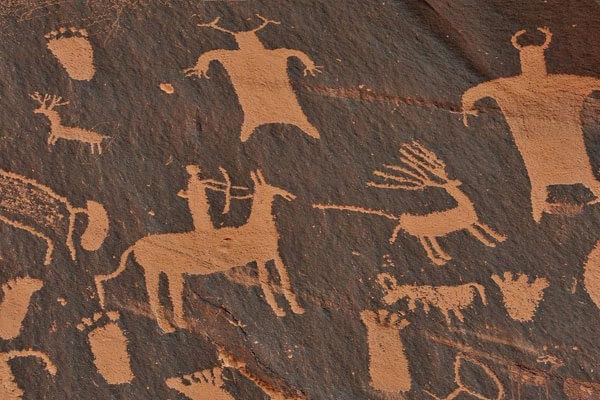ABOUT LEATHER

Leather is a natural, durable and flexible material derived from the tanning of raw animal skin, especially cattle. The tanning process makes perishable skin a stable, permanent and flexible natural material for a variety of applications. Leather, in combination with wood, forms the foundation of ancient technology
THE USE OF LEATHER
Leather has various uses. But the use of leather is more in making jackets , bags and
shoes. Applications of leather
Clothing such as pants, ties, gloves , coats, jackets and shoes, belts, leather bags
Accessories such as bags, keys
HISTORY OF LEATHER IN IRAN
The traditional art of leather making in iran is called Saraji , this art was used in the production of all kinds of bags, shoes, belts,
ornaments, horse saddles and even the decoration of old chests in the past, and
.people who were engaged in this work were called Saraj
In Iran, writings related to after the Mongol invasion, by Khwaja Rashid al-Din , show
that leather and skin trade was prosperous in Iran, these documents prove the fame
of some cities such as Tabriz and Shiraz in this period. During the Qajar period,
Hamedan was an important center for the production of a type of leather, known as
“Hamadani leather”, which was made from sheep skin. In 1267, one of the works
that Amir Kabir sent to an exhibition in London was skin. In addition, during this
period, the export of hides and leather from most cities of Iran to Russia, Ottoman
and India was very prosperous. In addition to Hamedan, the cities of Tabriz and
Isfahan have also contributed significantly to the production and export of
leather. The first leather factory in Iran was built in Tabriz in 1308, and after that
factories were established in Hamedan, Tehran and Isfahan. In 1311, the first mechanized and modern leather factory was founded in Hamedan . The actual activity date of the leather industry in Iran should be
calculated from the activity date of the leather industry in Hamedan. After that, this
industry gradually developed in the country so that the number of leather factories
increased from one factory in 1311 to 22 factories in 1322







